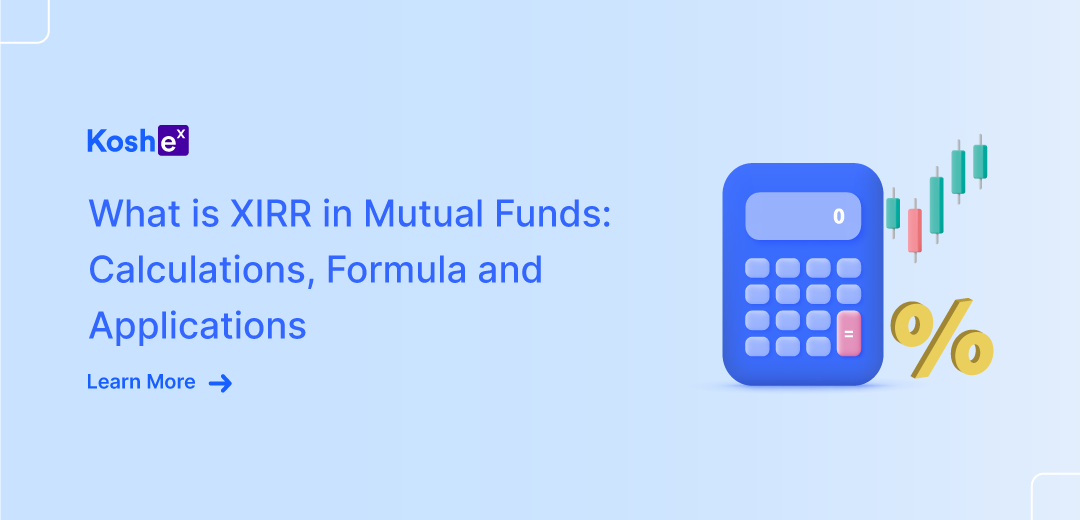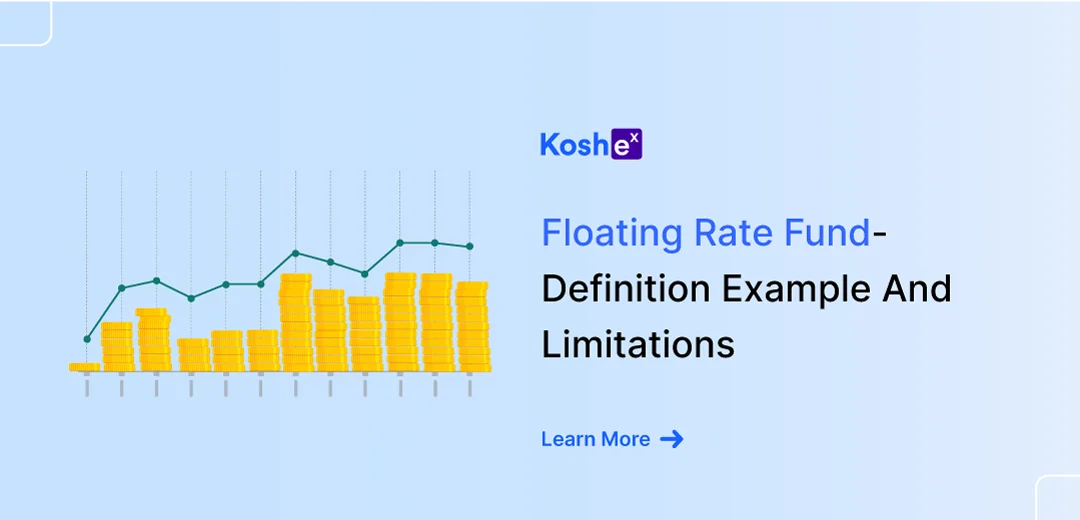It is never too late to start planning for your retirement and it is of the utmost importance to have a solid plan so that you can retire with a corpus that helps you lead a comfortable retirement life.
Your retirement planning should be different from your parents’ as you can no longer rely only on an LIC policy to help you in your 70s. On top of an LIC policy, you should also choose other good investment instruments which will help you build a corpus and retire comfortably.
But if you haven’t started planning for your retirement until now, then you are not alone. A PGIM Retirement Readiness Survey 2020 found that 48% of the respondents did not have any awareness of their retirement plan. Of the 48% people, 69% did not have a retirement plan in place. However, planning ahead and starting early can help you build a solid retirement fund that will reduce your stress and lead a happy retirement life
Steps In Retirement Planning
Figuring out the age
The first step in retirement planning is figuring out when you want to retire. If you want to retire by 50, then you would need to build a corpus that will help you lead a good life until you are 80 or 90.
Life after retirement
Then, you should write your retirement goals. Think about what your life will look like after retiring from your job. Try answering these questions – Where do you want to retire? Where would you like to live? What are you planning to do during that time? Do you plan to travel? These questions are vital as your retirement planning depends on that.
Finding the magic number
The next question is how much you should be saving for your retirement. You should consider housing costs, healthcare costs, day-to-day living, entertainment, travel, life insurance to find the magic number.
For example, if you are 25 right now, and your monthly expenses are ₹50,000, it will increase to ₹1,06,000 per month by the time you reach 45, assuming that inflation rate will remain at 6%. Hence, if you want to retire at the age of 45, you need to save for another 30 years. According to the calculation, you need to have a retirement corpus of more than ₹3 crore to meet your monthly expenses for 30 years.
Where To Invest?
After figuring out how much you need to save for your retirement, you need to start identifying the right investment options for you. There are multiple options to choose from.
National Pension Scheme (NPS) – In this scheme, monthly pension payments are made to the investors as well as a lumpsum amount when the investor attains the retirement age. According to the Pension Fund Regulatory and Development Authority, as mentioned by Livemint, NPS has a total subscriber base of 4.35 crore at the end of June 2021 and a combined assets under management (AUM) of ₹6.17 trillion.
Public Provident Fund (PPF) – This is a long-term investment plan with a lock-in of 15 years, which means the funds that have been invested in this scheme cannot be withdrawn before 15 years. After the lock-in period expires, the funds can be withdrawn only in lumpsum. You will get an average return of over 7% for your investment amount with PPF.
Annuity Plans – These can provide you guaranteed income during your retirement period either for life or for a stipulated time period. This option can protect you from outliving your savings as it guarantees a certain income. Also, since the payout is fixed for life, you do not have to deal with the risk of re-investment.
Unit Linked Insurance Plans (ULIPS) – These plans provide you the benefit of both insurance coverage and an opportunity to generate investment returns. The best part about ULIPs is that they allow you to choose the type of investment based on your risk profile and return requirements. Over a long-term, ULIPs are anticipated to generate returns ranging from 10% to 12%.
Mutual Funds – They are one of the few investment options that can beat inflation and give good returns in the long run. The best way to build a corpus by using mutual funds is by investing a little bit every month via SIP (Systematic Investment Plan). For example, if you are 30 years old now and you start a monthly SIP of ₹10,000. If the returns are 12% per annum, and you continue to invest for the next 30 years, you will have a corpus of ₹3.5 crores approximately when you reach 60.
With mutual funds,
- You can invest as much as you are comfortable with through SIP.
- You can switch between equity (risky) and debt (safe) instruments with the help of a systematic transfer plan. This helps minimize your risk as you age.
- You can save on your income tax liabilities every year by investing in ELSS (Equity Linked Savings Scheme) because contributions to ELSS are tax-deductible under Section 80C of the Income Tax Act.
Bottom Line
Planning for your retirement is important at an early age and it is also important to understand where you are investing your money. Several people think that their PPF alone will help them during their silver years but that’s not true. You have to invest in two or more financial products to build a sizable corpus that will help you when you get older.
You should also understand that sometimes you might face setbacks when you are building your retirement fund. And that’s alright. The stock market goes through ups and downs, you might lose your job, you might have medical emergencies and so many other things that can throw you off your path. That’s why you need to have an emergency fund and a solid financial plan to help you through the tough times. We have written blogs about these specific topics to help you manage your money better.
#PluggingOurPlatform: As we have mentioned before, you can manage your finances with Koshex, which is the easiest way to manage your money. We offer customized investment solutions for all your financial goals – be it building an emergency fund, saving taxes, or planning for your retirement. Our AI will design a hyper-personalized portfolio for you according to your goals and risk tolerance so that you can just relax! Does that sound like something you would be interested in? Head over to our website now!
We hope you enjoyed our #NeedOfTheYear series. In case you have missed our first three blogs, you can find them here.
Blog 1 Need of the year #1: Creating a solid financial plan for yourself
Blog 2 Need Of The Year #2: Managing Your Debt & Building A Safety Net
Blog 3 Need Of The Year #3: Creating An Investment Portfolio For You









Leave a Comment